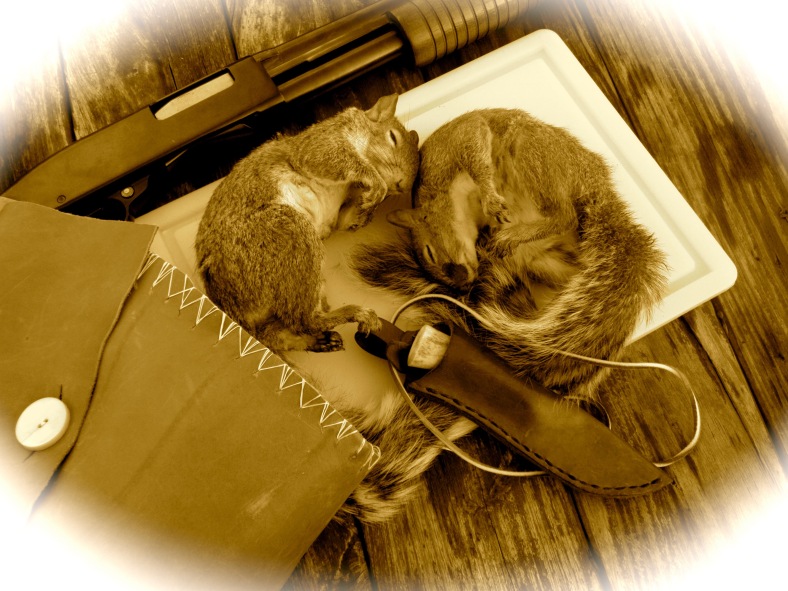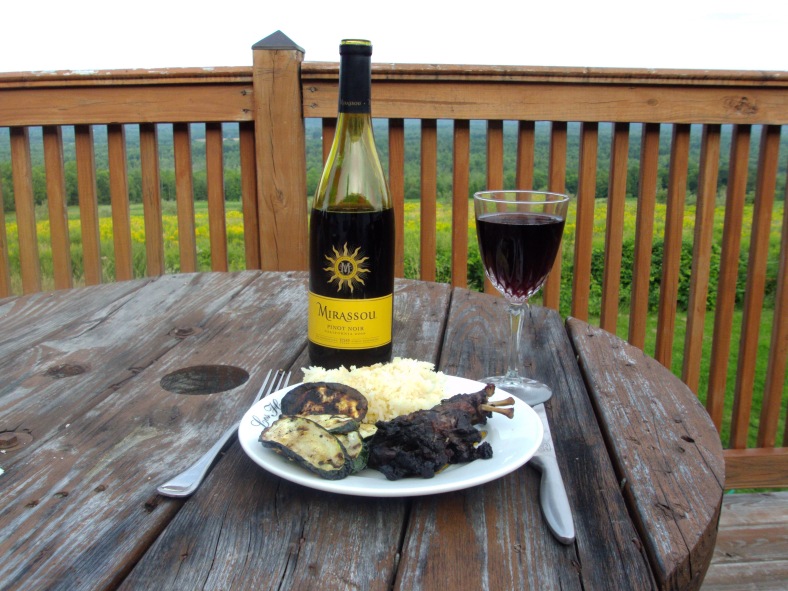
If you’re not familiar with cargo cults, check out the movie Mad Max: Beyond Thunderdome. In that film, children surviving a plane crash just after the apocalypse develop a religion. Complete with the prediction of a messiah, it’s all based on the plane’s wreckage and the few remaining fragments of society that they’re left to ponder. Old toys and bits of junk become holy relics.
Stuff like that’s happened in real life. Lacking information and insight, primitive societies have sometimes interpreted technologically advanced cultures as higher powers, building religions on that foundation. Simple and childlike on their face, some of them have evolved to some really complex doctrines. A lot of thought has gone into explaining what was for them unexplainable. It’s fascinating, worth a little study and examination.
Of the cargo cults, The John Frum Cult is probably the most famous. While often written off as just savages worshipping airplanes, its history and origins are actually a little more profound. The movement was born out of the colonial era around the turn of the last century in the South Pacific Islands. Living under the missionaries, life was pretty horrible, to say the least. Traditional ways of living were outlawed. Natives were more or less forced to work for the colonial authorities, enduring low wages and horrible conditions. Life was rotten. If you want to make parallels to biblical Hebrews, feel free.
Fast forward though to World War II. One day, out of the blue, Allied GIs suddenly appeared on the scene. Waging their island hopping campaign and hoping to defeat the Japanese, they needed airfields and they needed them fast. And they were willing to pay a ton of money for labor, better jobs than the missionaries had ever even considered. They also had spam, coca-cola, cigarettes, and steel roofing to boot. They didn’t care how the natives practiced their religion. They voiced no opinion on what they did on their free time. They just wanted help building airfields. They were friendly, generous, technologically advanced men, performing wonders and bestowing great wealth where there had once only been despair. For the natives of Vanuatu, it was deliverance.
From that came a Christ like figure, John Frum. After the war, the GIs went home, leaving a lot of their stuff behind. But according to the legend, a man named John, presumably from somewhere, told the natives that he would one day return. He instructed them to stop being led by the missionaries and to return to their traditional ways of living. He also told them that upon his return, he would bring with him planes and cargo filled with more spam and coke and everything that they could ever want in life. Return to your native roots. Some day he’d be back. They just had to remain faithful. Since then, followers have gathered every year on February 15th, maintaining the airfields and piously mimicking the soldiers in a religious ceremony. They hold the hope of one day again greeting their savior.
On gods and religion, I have my own opinion. In my everyday life, I’m pretty athiest and outspoken. The natives here have clearly fallen for some non sequitur fallacies. Just because you can’t explain or fully comprehend something doesn’t mean it’s the work of gods. There are logical and rational explanations for everything they experienced. Still, I like to get past that every now and then to see exactly what I should take from this. After all, it’s a legend, and legends are meant to inspire. So, what exactly should we take from the John Frum legend?
On the surface, it’s a pretty simplistic doctrine. Believe in him and he’ll give you stuff. It’s pretty straightforward. And there are tons and tons of religions that are just as superficial. People pray for rain and wealth all the time. John Frum followers aren’t alone here. And there is something to be said for simply holding hope toward a better tomorrow. Some people want heaven and an end to suffering. These guys just want aluminum roofing. For a lot of people, just having faith that things will work out for the better is enough. I don’t want to take that away.
But remember that John Frum had primarily told his followers to stop being led by the missionaries. That was the real meat of his doctrine. Stop being slaves and begging for scraps. Go off and build your own life with your own hands. Be responsible for yourselves. For the time being at least, stop looking to the missionaries for deliverance. They are false prophets. Their promises are empty. Living for them will not improve your life. Cut it out. Really, that’s what John Frum was all about. That’s the good stuff.
And some scholars have even suggested that, were John Frum to return as promised, accepting his cargo would actually be an act of heresy. His stuff was, after all, the white man’s stuff. Coke and Spam are of the civilized world. Accepting these as gifts, rather than earning them of their own labor as a free individual, would be absolutely antithetical to John Frum’s doctrine. Anticipating his return from the sky, waiting for him to benevolently bestow gifts to all the faithful, seemingly misses the entire point of his teachings. He’s meant to lead you from oppression, not bring you presents. Holding out for the Spam totally misses the big picture.
It’s the difference between Santa Clause and The Sermon on the Mount. Is your god simply to give gifts, or will he lead you to ultimate freedom and higher understanding? To me, simplistic though it may be, fallacies and all, the John Frum cult absolutely accomplishes the latter. If you’re doing what he taught, you’re that much closer to freedom. Liberty and fulfillment, that’s the John Frum’s path.






